Brain Drive: A Retrospective on Scarlet Nexus
Exploring the light and darkness of combat in the brainpunk world of Scarlet Nexus

I lost all my saved data from Bandai Namco's Scarlet Nexus when I transferred the files over from my PS4 to my PS5. For some time, I left it untouched, another game to sit in my "to finish eventually" pile, even though I'd been very close to the end at the time I lost the save data. This allowed me a new page on which to start with the complicated story, the details of which I'd mostly forgotten in my initial rush through. I'm sitting now in a little lull in my life, with more free time, and it's given me room to contemplate all of the things I'd set aside in my busier days.
Scarlet Nexus is from the studio behind the "Tales Of..." series of games, which I began from Tales of Zesteria onward, having just started a playthrough of Arise and owning a physical copy of Berseria. I also went through a decent amount of Tales of Vesperia, but the combat in that series was something that never truly clicked for me. And yet the feel of the franchise's beating heart – the lightness of its stories even with the darker tones, the music, the art, the characters – always kept me coming back. It's the reason I purchased Scarlet Nexus back when it was released in 2021. I gave the demo a shot and realized that here, finally, was the combat I was looking for.

A "brainpunk" child of Bandai Namco
The city of Suoh is an eclectic mix of muted cyberpunk stylings featuring washed-out, static-wavering advertisements against the quiet normalcies of Kei trucks parked outside city corners, set to a record-scratching, lo-fi-ish soundtrack. This setting is nothing new to sci-fi fans, but Scarlet Nexus brands itself as an evolution of cyberpunk – brainpunk, if you will – a term that hopes to encapsulate the particularly gritty, horror-laced, and squelchy flesh-meets-digitization feel of the game itself.
You play as a member of the OSF, a government collective that uses its powers to forestall the invasive "Others." As far as introductory chapters go, this one is fairly straightforward. You meet a series of characters facing a demanding threat and then have to work together (or, for the majority of the first half, against one another) to solve the emerging issues that come from a "crisis event" that fractures their worldviews. There are layers of unpackable mystery here, even for its very unsubtle presentation. For every little lull in the somewhat stifling dialogue was a striking revelation that always warranted my next progression forward. This game juggles a lot of moving pieces.
Scarlet Nexus's story is convoluted, if essentially simple, and serves as a fascinating stand-alone romp through a pre-apocalyptic world striving for normalcy even as its governing forces and existential threats grow more at odds. It turns quickly into a rebellion and then dives deeper into a conspiracy that reveals itself incrementally over the course of two branching narrative perspectives, those of Yuito Sumeragi and Kasane Randall. These two protagonists offer different struggles, different ideas, different team makeups, and different fighting styles, providing a very addictive variety in gameplay. I'm picky enough with books that switch POVs, but when it's done right, it's done right, and Scarlet Nexus manages to do this right.
Yuito is the standard Shonen good guy. He's a little too accommodating, a bit over-encouraging, and brushes off tragedies and disparagement with a cool, bullheaded positivity and forthrightness that reminds me, although with less finesse of character execution, of Laios from the popular Dungeon Meshi anime (which I'm currently going through – and highly recommend!).
Contrasting that is Kasane, an unsmiling and literal cool-girl with an uncompromising, cold exterior and a mysterious past, spurred on to help reverse the transformation of her sister into a grotesque "Other." Her character type is a trope done to death, but Kasane manages to feel engaging despite the baggage of the cliche.
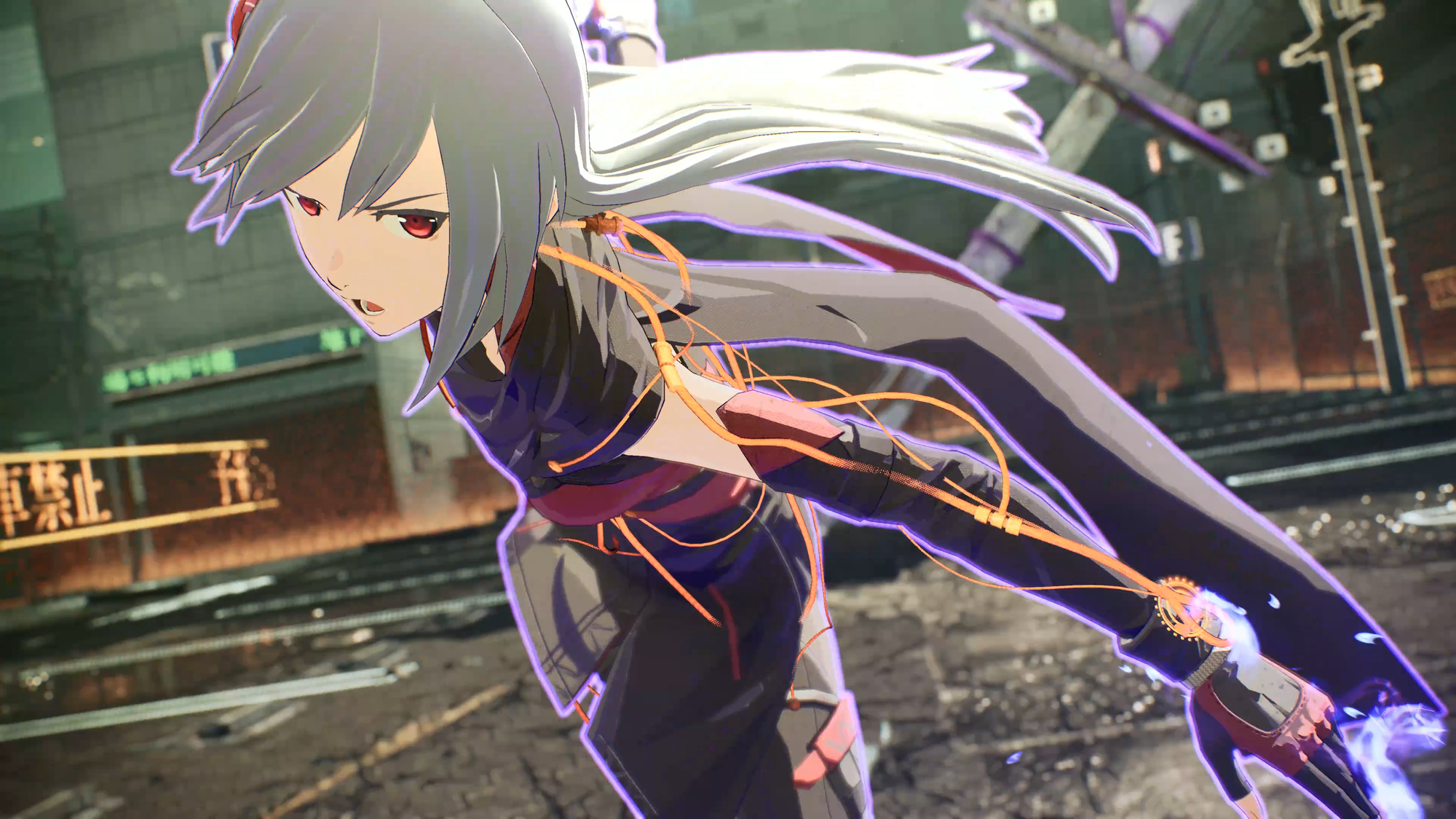
Scarlet Nexus brands itself as an evolution of cyberpunk – brainpunk, if you will – a term that hopes to encapsulate the particularly gritty, horror-laced, and squelchy flesh-meets-digitization feel of the game itself.
The cast aside from them also retains their own charisma, even given their trope-heavy building blocks. The art design of this game is largely to credit for that; the characters are all distinguishable and highly personalized, even the more short-lived ones, making the world feel a little less of a caricature than it might otherwise. Some of the VAs are real standouts, enlivening their characters with warmth during hard times and humor when issuing wry asides. There's a mature story hiding in the anime-esque laments about who's crushing on who, and the instances where Scarlet Nexus really shines is during these intriguing, if too short-lived, reflections on surveillance, freedom, and the cost and complications of rebellion and progress.
Small stumbles, big finishes
Due to the sheer density of the text and its many ideas, there are moments where it feels repetitive, and it suffers more than a few writing gaffs. There are tonal shifts that can completely negate the mood of a previous event, and an early tendency to bend over backward to avoid actual conversation to solve problems can be groan-inducing. The culprit of this dissonance is occasionally in the relationship-building "bond episodes" you have with various side characters during rest phases. These are sweet, but meeting someone in a café after a life-or-death battle with them to discuss a heartfelt topic can feel extremely immersion-breaking. After a few instances of everyone just blowing things off, though, I started to meet the game halfway. These episodes are interspersed a little roughly throughout the narrative but they do contain vital character information, and they can be fun to follow.
This is an effective method of further world-building, I only wish it was more carefully woven into the plot. The more plebeian issues can be alarmingly dull at their worst when juxtaposing an existential struggle – and not in a "break the tension" kind of way. The unfortunate truth of the matter here is that you can and should skip extraneous dialogue where necessary, even in the main plot, because there are many instances of our cast looking around at each other, re-hashing a just-established plot point under the faux cover of disbelief. But the way the story executes these cutscenes with a mix of static but engaging "comic"-like pages that transition seamlessly to animated cutscenes or combat is really something great throughout.
Narrative trip-ups aside, what I kept coming back for again and again was the slick, stylized, and extremely satisfying combat. The game's combat system is a sweet spot of fun, featuring gnarly finishing moves and the quick-thinking employment of your various and situationally imperative psychic powers. The slow-mo after a perfect dodge and that brief window in which you can execute a counter, are the chef's kiss during harder bosses and mobs. You're equipped with enough options to produce a dynamic combat environment, one that doesn't shy away from challenging you but also doesn't feel too weighty and inaccessible. You can utilize exposures or weaknesses at certain phases in big fights with quick thinking, but if you miss these windows, you can still brute-force your way through a battle., it'll just take longer.
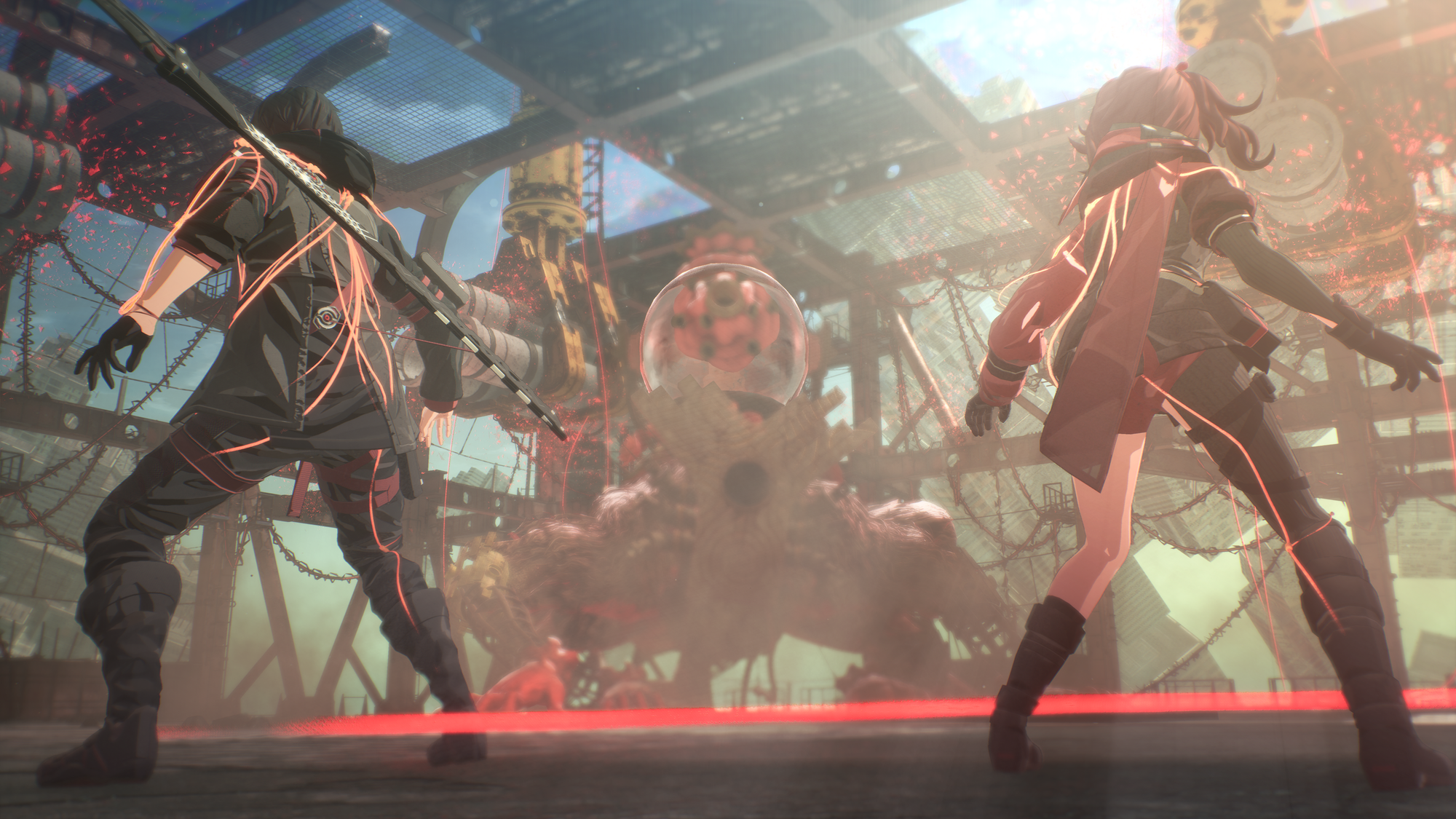
The game's combat system is a sweet spot of fun, featuring gnarly finishing moves and the quick-thinking employment of your various and situationally imperative psychic powers.
You have your standard hack 'n' slash moves and skill tree expansions that can add to combos, enable aerial combos, and increase damage percentages. Your main power, Psychokinesis, means you also have to ability to lift surrounding objects to fling into foes. This creates a very sandbox-esque battlefield in that much of the debris scattered around you is moveable, like cars or boxes or poles that serve as ammo to damage foes. But other, bigger items can themselves be combo-ed – resulting in you being able to smash a tanker on top of foes with a quick instance of button mashing for major damage.
One of the things I love about a game's relationship to its world is how much of the surrounding stuff we get to smash. Sometimes it's not story-appropriate to be able to do this, and when I get hard-blocked from causing chaos in a town square, I can understand. But while it can be immersion-breaking to walk up to a very serious NPC with a table dragging along against your chest, it's also of genuine slap-stick hilarity and represents an unconcern with manufactured seriousness that I adore. Final Fantasy VII: Remake and Rebirth did this well. While in Scarlet Nexus, you can't go around the city smashing stuff, but the outer environments are so smashable that I still get giddy when every little pan of the camera reveals more highlighted items to break. It's a veritable rage room, and it's great.
You also have access to your teammate's powers, called SAS, ranging from Pyrokinesis to Hypervelocity, which further injects the combat with versatility, allowing you to quickly switch out powers as needed or even just for fun. There's a brief introduction animation for each character's selection, and the smooth slide of them across the screen never gets old. Scarlet Nexus is a game that feels like a remix of Persona 5's bravado in style, and I don't mean it as a simple copycat. Scarlet Nexus very much retains its own vibes but seems to realize the same vision of personality. The creativity of the combat's flair is functionally reminiscent of how successfully marrying distinct style to gameplay can completely elevate a game's QoL.
And these aren't even the limits of its combat options – you also have access to the Brain Drive, a heightened awareness that hastens gameplay, does greater damage, and allows for more instances of your psychokinesis usage. This is augmented additionally by access to the Brain Field, an even greater instance of power enhancement where you pull enemies into what's essentially a domain expansion ala Jujutsu Kaisen, a red-tinged field of combat generated specifically by Yuito or Kasane, where you can smash, bash, and slam objects onto your opponents with gleeful frenzy. This comes with a kill switch, in that overuse of the power results in a game over, so you have to be careful in the lure of it and cut yourself off before it kills you. The dialogue also grows increasingly crazed the longer you let your characters sustain the Field, serving atmospherically as a little hint that you might want to get them out of there.
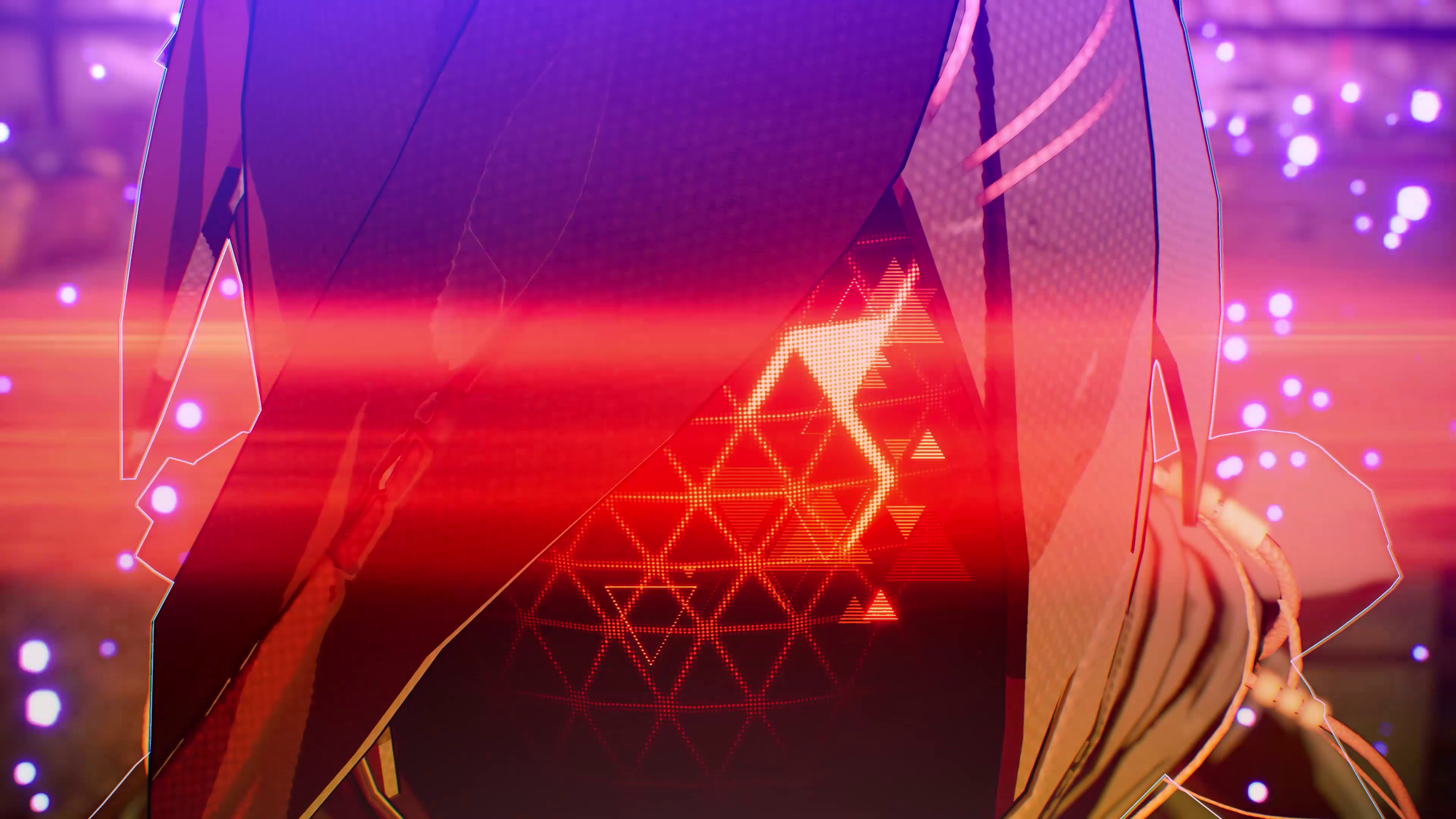
The creativity of the combat's flair is functionally reminiscent of how successfully marrying distinct style to gameplay can completely elevate a game's QoL.
I'd forgotten how much fun it was to blow across the various expertly soundtracked dungeons of the game, encountering mobs and snooping about for some loot, some of which you can later exchange as "presents" for your teammates. This was probably one of the nicer aspects of relationship-building, in that it's an easy way to deepen your relationships and allows your team to "customize" their space with your gifts, making their personalities shine through more. Your bond with them also has a lot of benefits in combat: more than once, my allies have stepped in for a finishing move or slid into place right before I'm about to get rammed by an enemy, negating the damage. Being cool with them matters.
And for all the places Scarlet Nexus does shine, there's perhaps nothing more interesting than its almost jarring use of macabre enemy design.
A disquieting world with excellent soundscapes
The "Others" are one of the standout aspects of Scarlet Nexus's world. They can move disjointedly or with mechanical quickness, creating a nightmarish and colorful theater of environment and creature that echoes something like Hell's Paradise's use of traditionally beautiful things as the basis of its horror. Scarlet Nexus plays with this by crafting creatures with birdcage ribs, mechanical alligator jaws, doll hands, vases of flowers, stoic-looking statue heads, and a proliferation of what look to me like light bulbs, resulting in pseudo-lovely amalgamations that are unsettling and uncomfortable under scrutiny. Cracking joints, inhumane roars, scrabbling sounds – all of it is reminiscent of body horror, and it feels new and visionary because of it.
You can also stagger these enemies, represented by a bar right beneath their HP gauge. Staggering allows you to execute a finishing move on mobs that, most of the time, involves smashing the many bulbs that grow from an Other's body. And it feels great to be able to gleefully shatter those suckers with a slick, snazzy animation and move on to the next. In boss fights, this functions a little differently, as some of the bosses you're fighting are other humans.
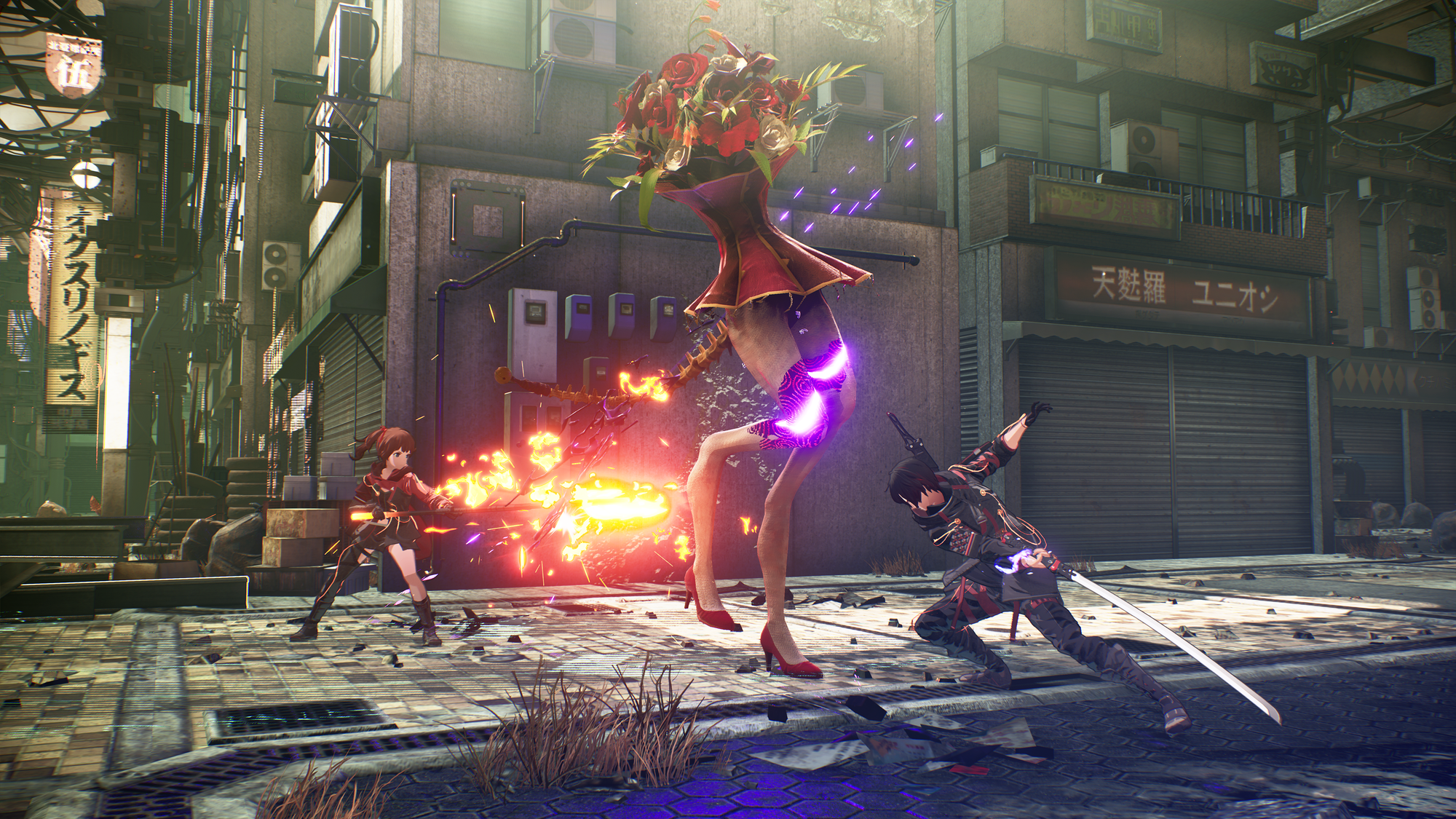
Cracking joints, inhumane roars, scrabbling sounds – all of it is reminiscent of body horror, and it feels new and visionary because of it.
In these instances, since you're fighting others equipped with your own SAS gear, you get to do big damage after a stagger by essentially forcing them to "plug into" the SAS, overloading their brain. It's once again very body-horror in its use of these visuals all around because you can feel the crunchy, zappy pain of a connection. This speaks volumes of Scarlet Nexus's sound design, which carries a mix of dubstep-like drops and scuffed, digital sounds to create an impressively diverse array of effects. In a world of brain-rich psychic power, we can imagine the cost of their use, and here we also get to hear it.
Most of these instances of combat are further customized by the various fighting styles of the mobs, as the Others might vanish under a cloud of smoke, spray oil to slow you down, or have protective barriers you need to sneakily get through using your ally's powers. When these are stacked in instances, you need to quickly shift from one tactic to another (or eventually stack them), which really gives the combat a fluid and fantastically quick feel. You'll encounter these monsters in linear dungeons, and while this can get a bit visually repetitive, as the sky seems to remain a static grey, they're extremely detailed, and I found them all really well done.
Augmenting this is a soundtrack with successful earworms that never feel overplayed or annoying in repetition. There are some excellent tracks that back the dungeons, and the main city hub's spin on punky, hip-hop dub helps ease us into the game's focus and general vibe. I especially enjoy the calming and melancholic "Frozen Breath" composition for the Heino Mountains portion of the game, a frozen area our characters must navigate in a late-game area. Some of its music brought to mind the stirring sirens of Nier or the chill quirks of Persona 5, but it combined elements of jazz and 8-bit to create a surprisingly deep and catchy series of songs. It's city pop and smooth at times and then synth-heavy and urgent at others. I've listened to the songs outside of the game to just vibe and focus, which really speaks to the experimentation here succeeding at creating a robust array of BGM.
Following that red string
Scarlet Nexus is a true gem of the JRPG world, and rediscovering it a few years out has been an absolute blast. Its visuals on the Unreal Engine also hold up exceptionally well. It's by no means an old game, but it did come out cross-platform, and yet still manages to feel as next-gen as some of the games I'm seeing come out today. I think a lot of this is in its blatantly anime style, which allows it a less strenuous approach to realism. And because its quality feels fairly high throughout, there are never really any "dips" in visual acuity outside of some distant loading textures. It feels continually crisp, sharp, and bright.
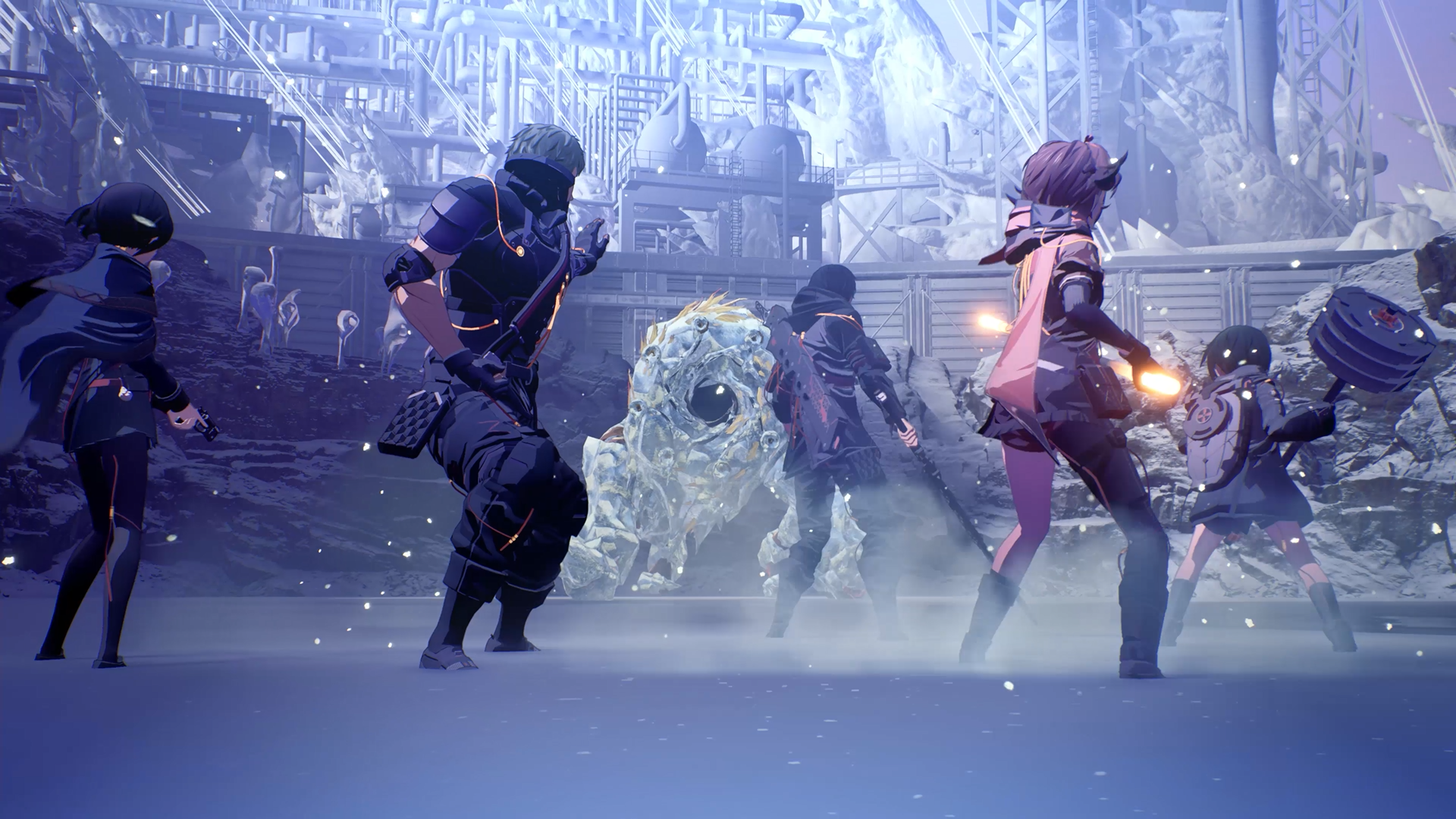
Scarlet Nexus is a true gem of the JRPG world, and rediscovering it a few years out has been an absolute blast.
I didn't think I'd be as fascinated by this game as I was, so its emergence as something of a dark horse upon reflection was a reminder to give things time and really play through them. The cast is fun and, while occasionally overly loquacious for my tastes, it's rewarding to learn from their pasts and see how their increased trust in you actually affects gameplay. They begin as stagnant party members and end as stalwart allies, something you feel in combat. This kind of cohesion is what I enjoy in games, as all of the separate parts blend together in a way that reflects progress beyond simple level-gaining or equipment swap-outs.
Its creative music, insistent sense of self, and, frankly, fantastic combat design are what make Scarlet Nexus stand out and stand tall. You can sometimes find its deluxe edition for just under $15 dollars on the PSN store so if you're looking for something that can fill that Final Fantasy XVI or Nier-shaped hole in your game list but never got into the Tales series, this might just be the perfect fit.
